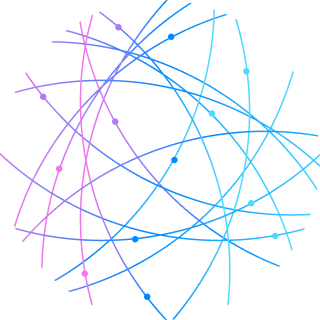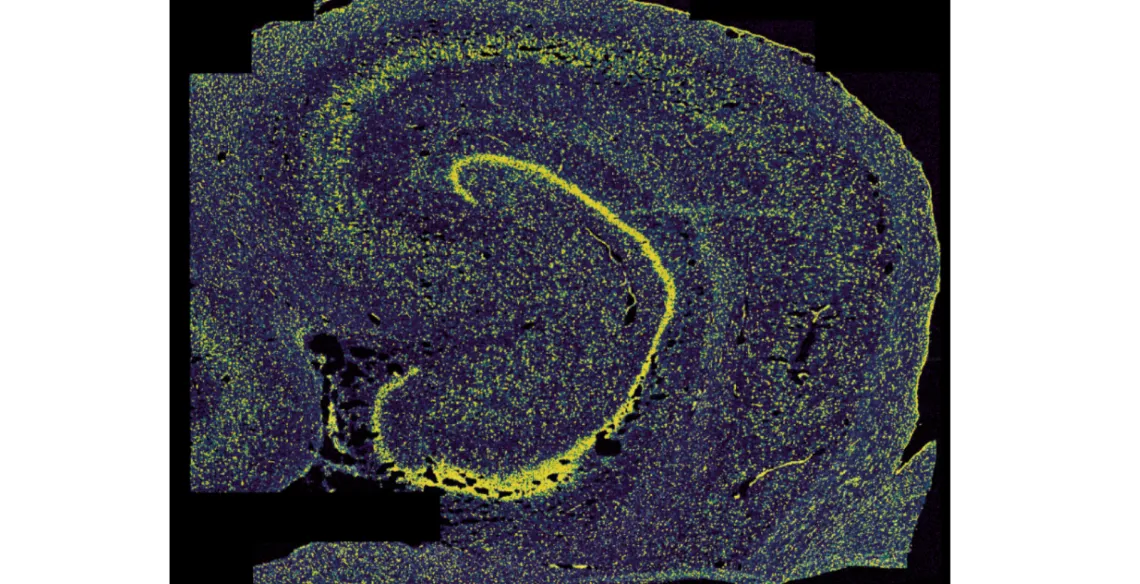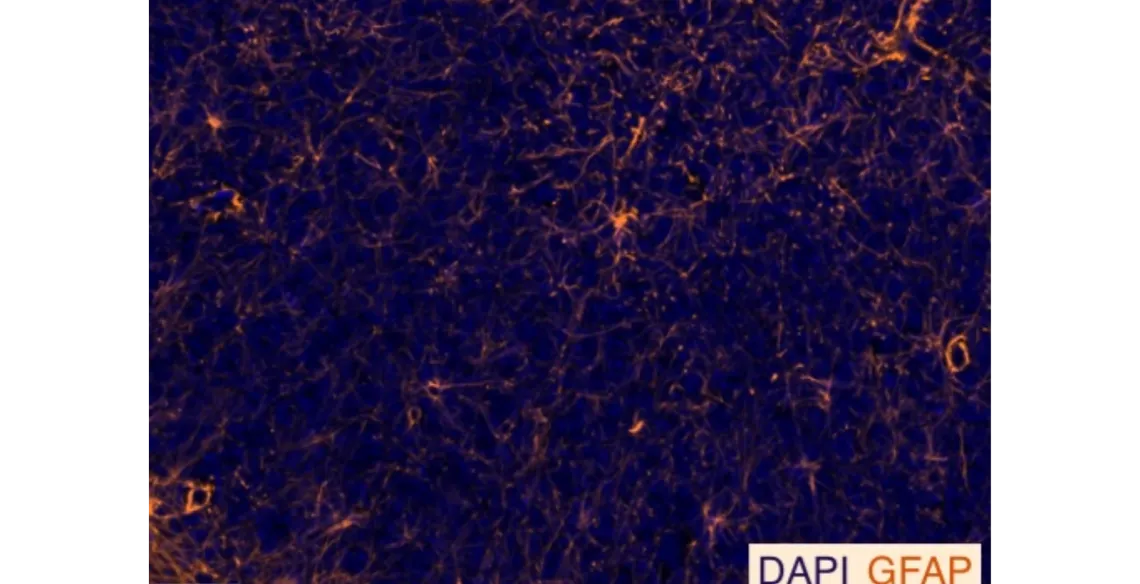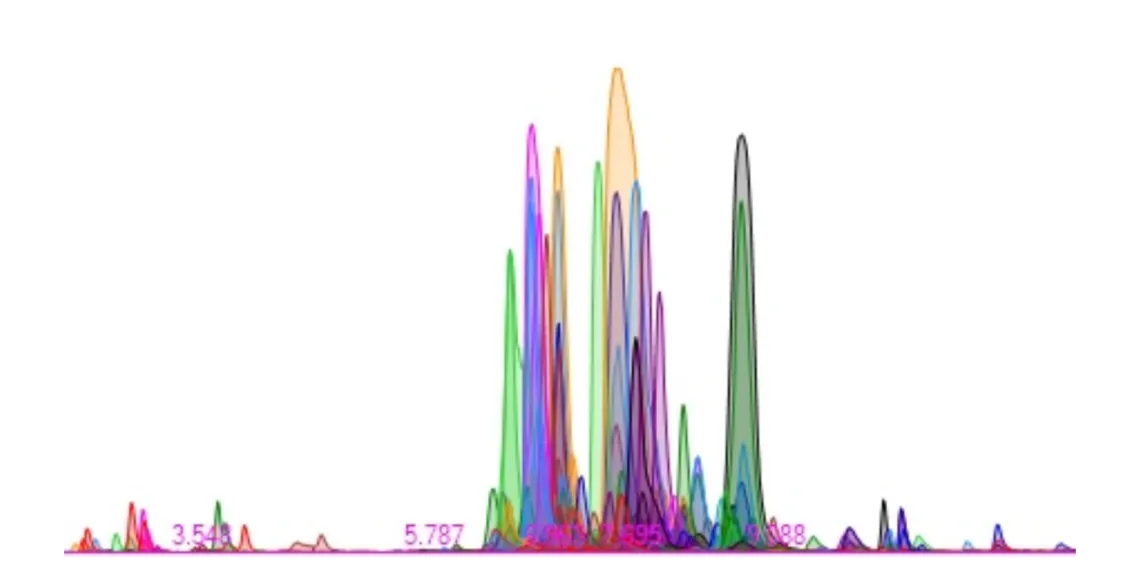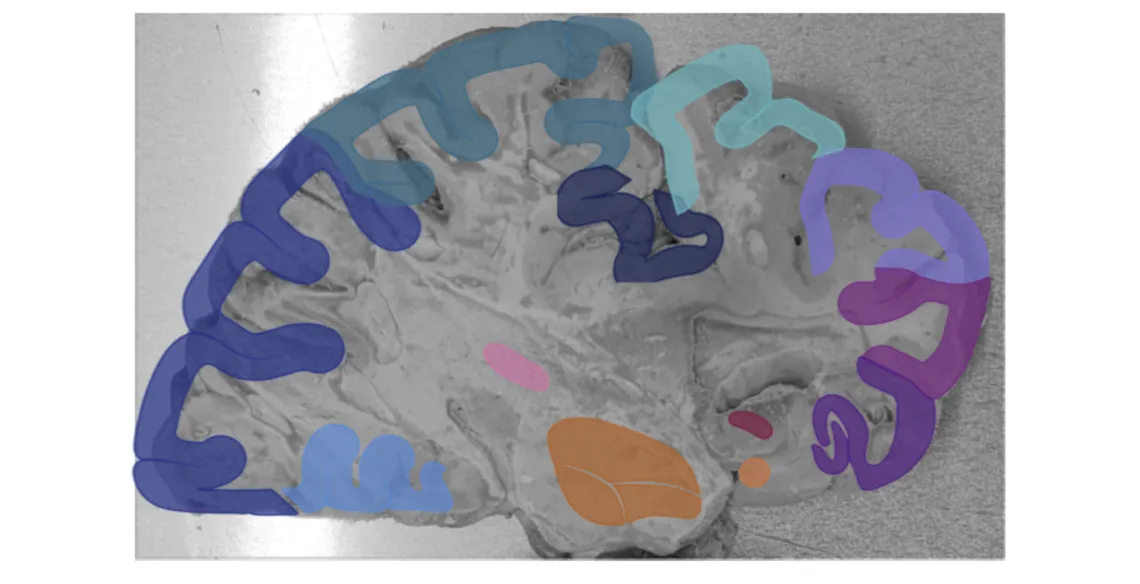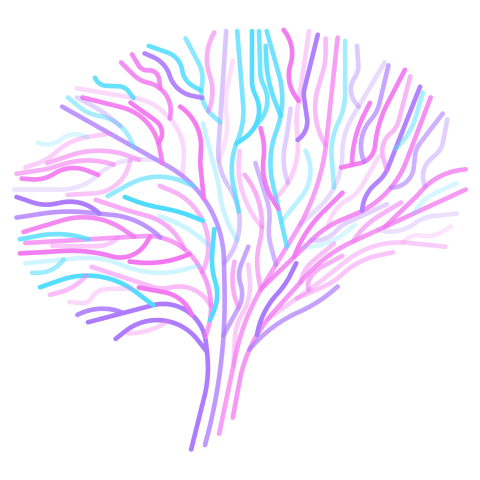Advanced omics technologies encompass a range of scientific methods, such as genomics, transcriptomics, proteomics, and metabolomics. These techniques enable researchers to analyze genes, RNA, proteins, and metabolites at a detailed level, providing a comprehensive view of cellular functions and interactions. By understanding these molecular components, scientists can explore how brain cells change over time and identify key factors in brain aging and resilience.
Brain Omics Central provides research partners access to these powerful technologies specialized for studying brain resilience. As part of the Brain Resilience Lab at the Knight Initiative, based within Stanford’s Wu Tsai Neurosciences Institute, we offer resources and expertise in advanced omics methods. Our goal is to support innovative research by providing tailored, experimental capabilities and fostering collaboration within a global network focused on advancing brain health in all stages of life.



